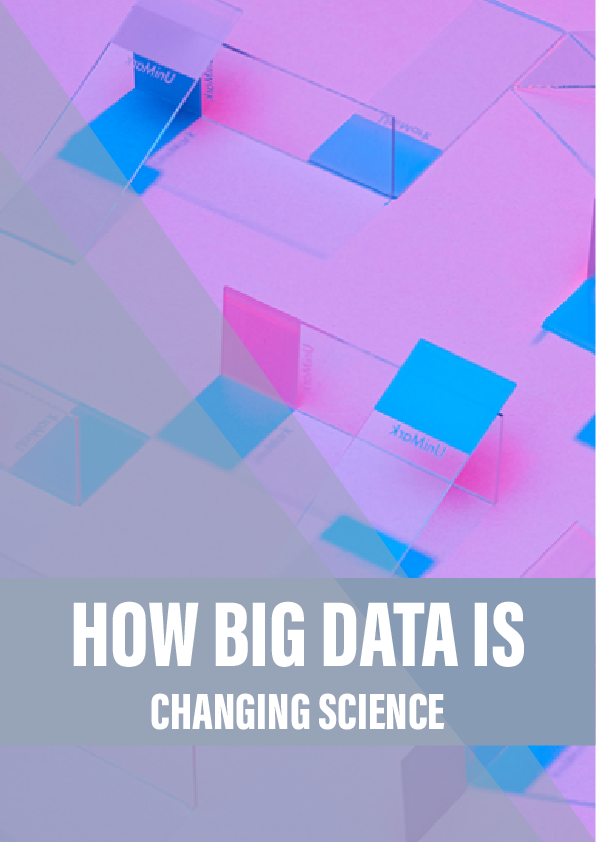New biomedical techniques, like next-generation genome sequencing, are creating vast amounts of data and transforming the scientific landscape. They’re leading to unimaginable breakthroughs – but leaving researchers racing to keep up.
“This is when I start feeling my age,” says Anne Corcoran. She’s a scientist at the Babraham Institute, a human biology research centre in Cambridge, UK. Corcoran leads a group that looks at how our genomes – the DNA coiled in almost every cell in our bodies – relate to our immune systems, and specifically to the antibodies we make to defend against infection.
She is, in her own words, an “old-school biologist”, brought up on the skills of pipettes and Petri dishes and protective goggles, the science of experiments with glassware on benches – what’s known as “wet lab” work. “I knew what a gene looked like on a gel,” she says, thinking back to her early career.
These days that skill set is not enough. “When I started hiring PhD students 15 years ago, they were entirely wet lab,” Corcoran says. “Now when we recruit them, the first thing we look for is if they can cope with complex bioinformatic analysis.” To be a biologist, nowadays, you need to be a statistician, or even a programmer. You need to be able to work with algorithms.
An algorithm, essentially, is a set of instructions – a series of predefined steps. A recipe could be seen as an algorithm, although a more obvious example is a computer program. You take your input (ingredients, numbers, or anything), run it through the algorithm’s steps – which could be as simple as “add one to each number”, or as complex as Google’s search algorithm – and it provides an output: a cake, search results, or perhaps an Excel spreadsheet.
Researchers like Corcoran need to use algorithms because, in the 17 years since she became a group leader, biology has changed. And the thing that has changed it is the vast – the overwhelmingly, dizzyingly vast – flood of data generated by new biomedical techniques, especially next-generation sequencing.
Reference:
- An introductory guide to next-generation sequencing.
- The Wellcome Sanger Institute’s website.
- The Babraham Institute’s website.
- A fact sheet on genome-wide association studies, from the US National Human Genome Research Institute.











